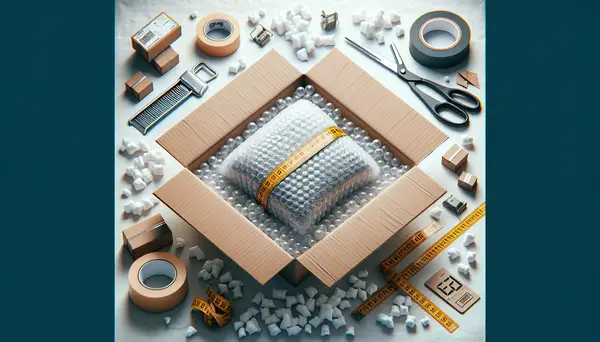Carton
Carton
Carton
A carton is a type of packaging made from paperboard. It is widely used for packaging various products. Cartons are popular because they are lightweight, easy to handle, and can be recycled.
Types of Cartons
There are different types of cartons. The most common ones are folding cartons and rigid cartons. Folding cartons are often used for food products like cereal and snacks. Rigid cartons are sturdier and used for luxury items like perfumes and electronics.
Benefits of Using Cartons
Cartons offer many benefits. They protect products from damage during shipping. They are also customizable, allowing brands to print logos and designs. This makes cartons an excellent choice for marketing.
Recycling and Sustainability
One of the biggest advantages of cartons is their sustainability. Most cartons are made from recycled materials. They can also be recycled again after use. This makes them an eco-friendly packaging option.
Conclusion
In summary, a carton is a versatile and sustainable packaging solution. It is used for a wide range of products and offers many benefits. Understanding the different types and advantages of cartons can help you make informed packaging choices.
Blog Posts with the term: Carton
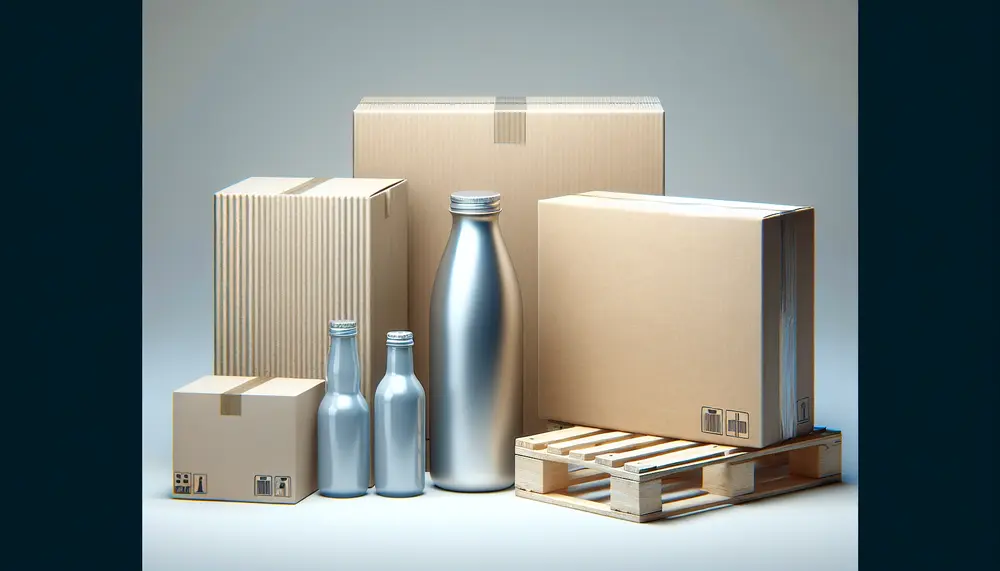
Packaging levels refer to the layers of packaging used from production to consumer, including primary (direct product contact), secondary (grouping and branding), and tertiary (bulk handling). Each level serves distinct purposes in protection, marketing, transportation, and regulatory compliance....
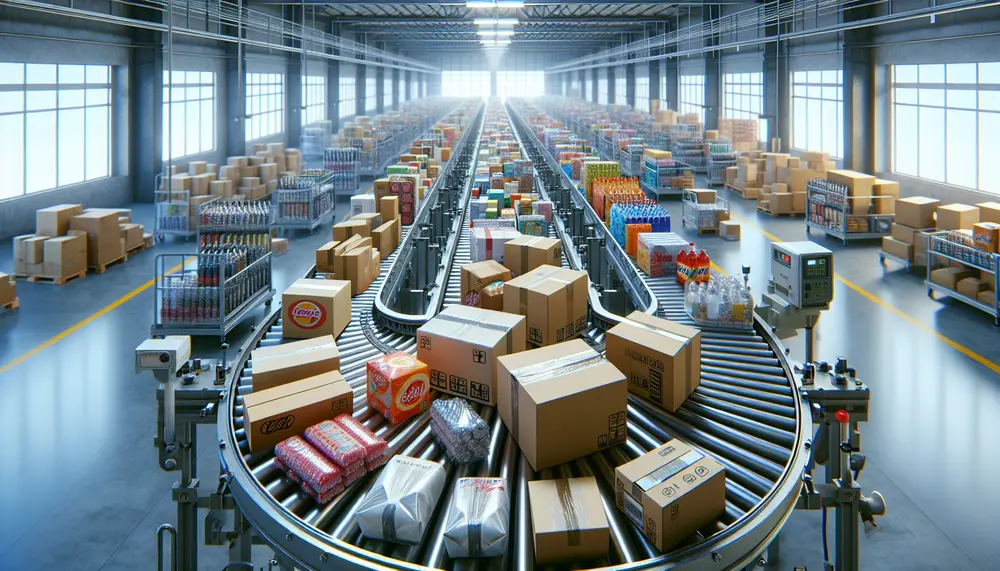
The Kenyan packaging market is valued at around $585 million, driven by sectors like agriculture and manufacturing which contribute to the GDP; growth in consumer demand has led to innovations such as small affordable packages and a shift towards sustainable...
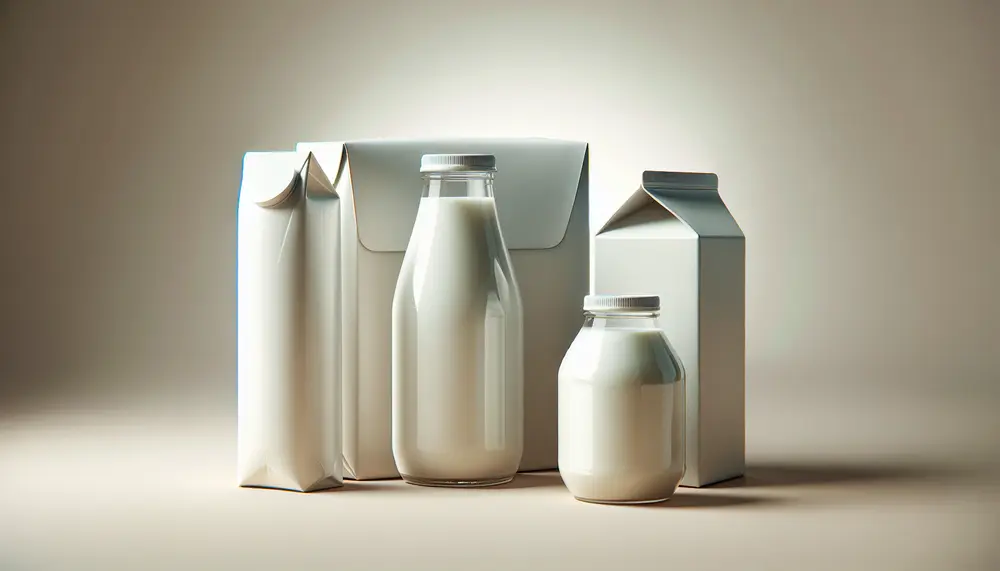
This article discusses the evolution and variety of milk packaging materials, highlighting their role in preserving milk's freshness, taste, and nutrition. It covers historical advancements from glass bottles to modern sustainable options, examining each material's benefits and drawbacks for consumers...
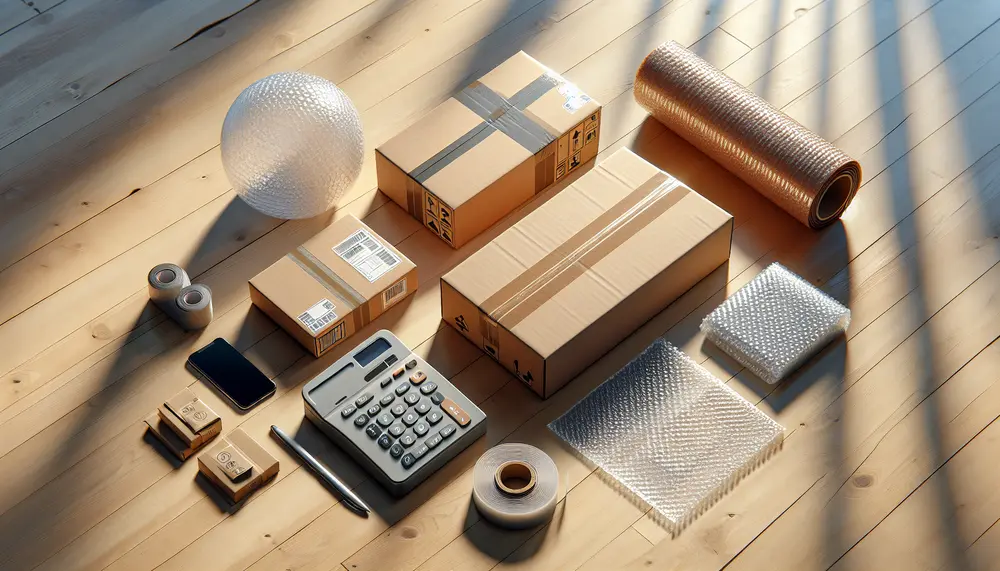
The packaging HS code is a ten-digit number essential for international trade, determining tariffs and ensuring compliance with regulations. It's part of the Harmonized System used globally by customs to classify products, where the first six digits are universal and...
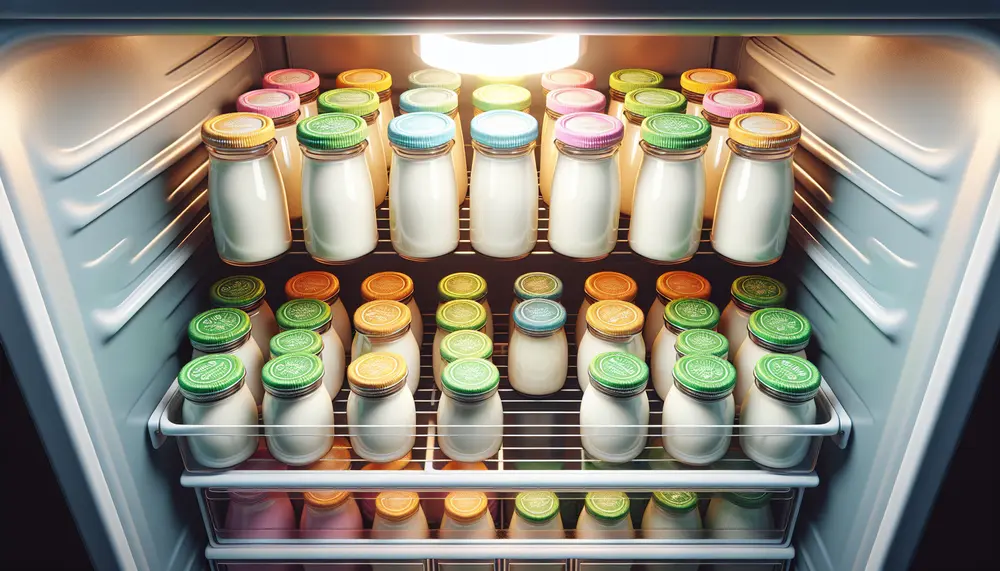
Yogurt packaging is essential for maintaining freshness, quality, and safety; it requires an effective barrier against oxygen and light, strength during transportation, regulatory compliance for food contact, and advanced sealing technology. Innovations in the market include smart features like freshness...
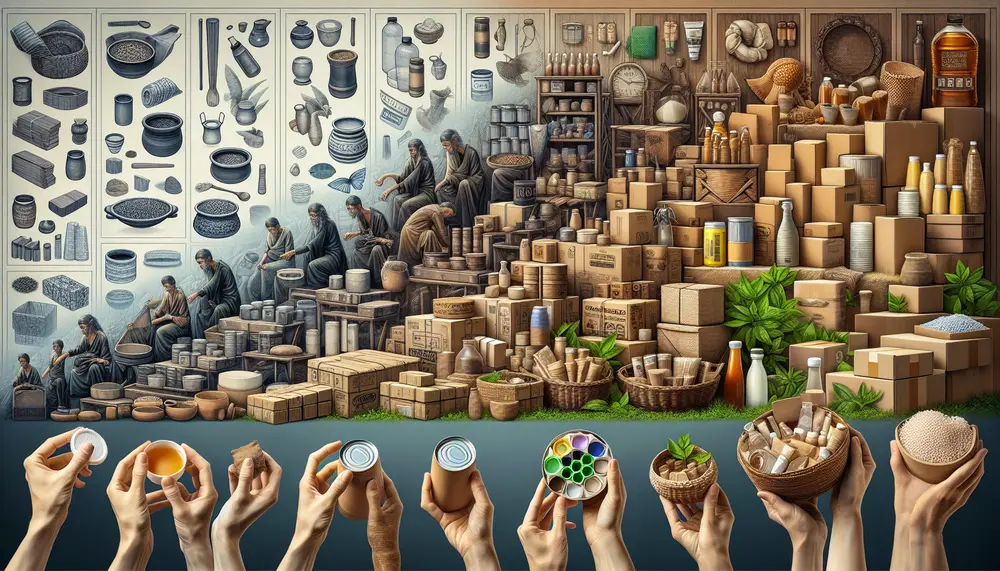
The article traces the history of packaging from natural materials used by early humans to innovations like wooden containers and paper, highlighting its role in trade and commerce. It details China's invention of paper as a transformative material for packaging...
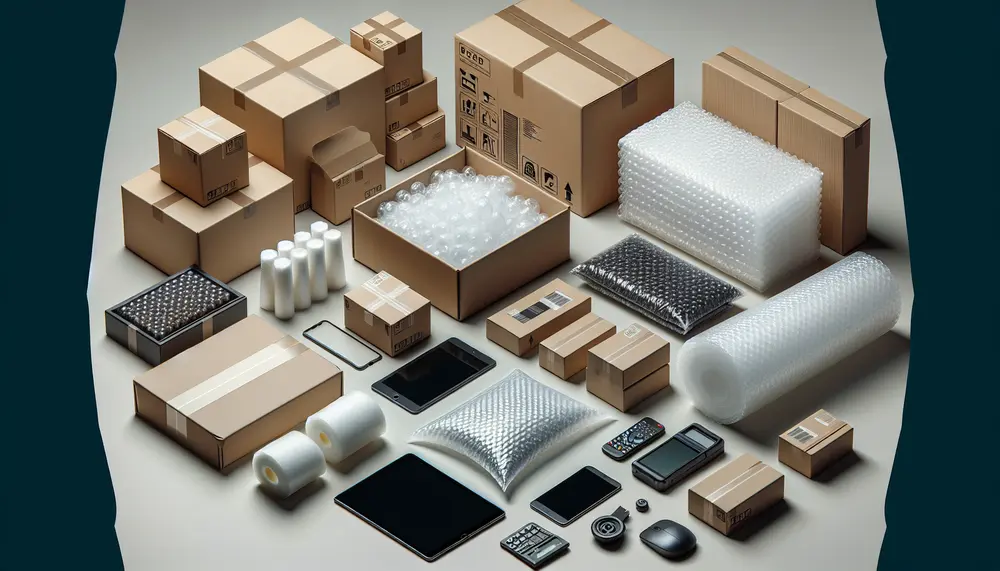
Effective electronic packaging is essential for protecting devices during transport and storage, impacting customer satisfaction and brand reputation. A guide to materials like plastic cushioning, thermoformed plastics, shielding bags, foams, and desiccants helps in selecting the right protection based on...
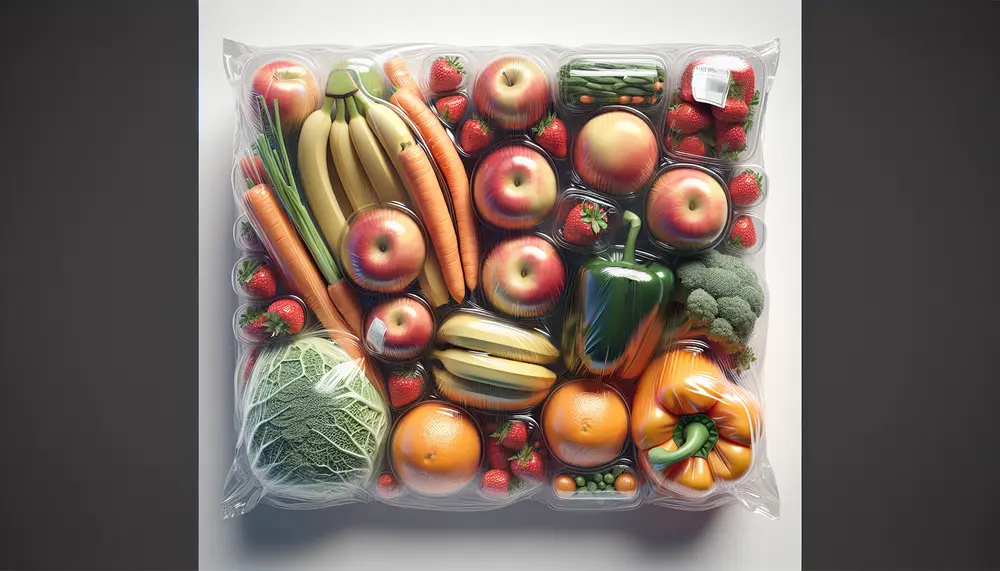
Packaging for fruits and vegetables is crucial in ensuring produce reaches consumers fresh, extends shelf life by controlling moisture and airflow, protects from contaminants, and maintains hygiene. The choice of packaging materials like corrugated boxes or breathable bags depends on...

The pharmaceutical packaging HS code is essential for global trade, ensuring regulatory compliance, accurate tariff calculations, and efficient customs clearance. Understanding and correctly using the HS code helps businesses avoid delays, fines, and ensures smooth international operations by accurately classifying...
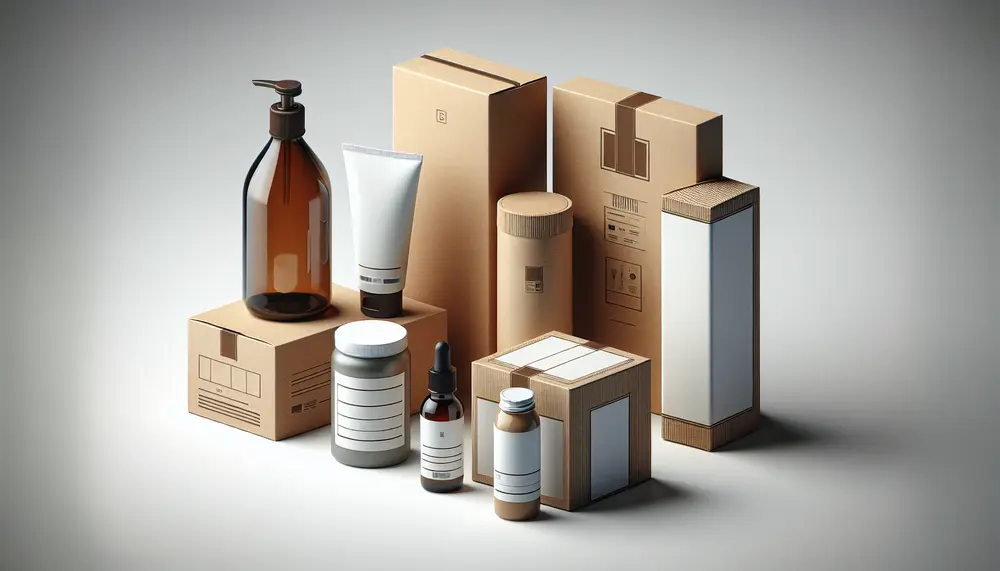
Integrating packaging and product design is essential for brand consistency, user experience, cost efficiency, and sustainability; it enhances consumer perception through visual appeal, functionality, informative content, eco-friendly practices, and technological innovations like smart packaging....
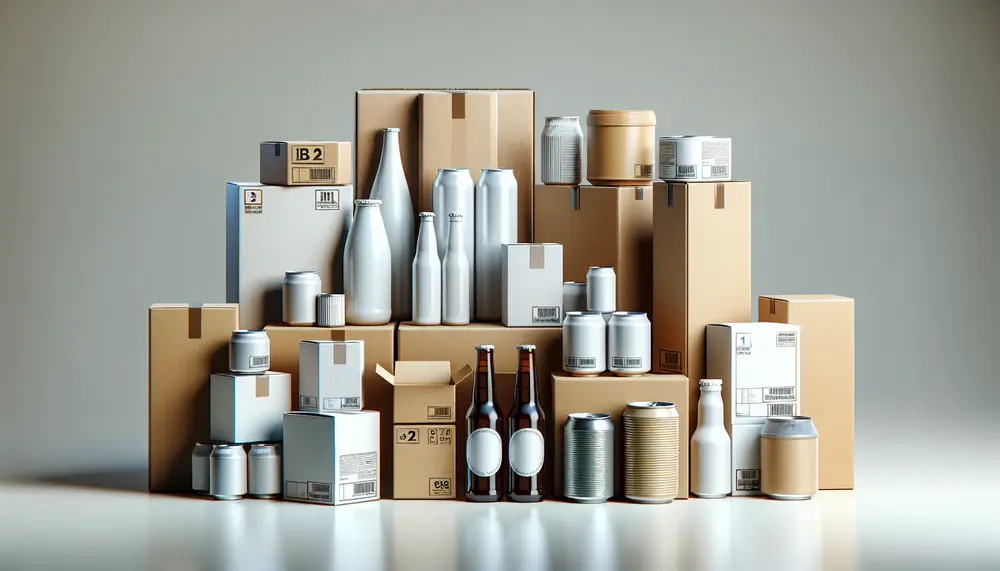
The Harmonized System (HS) code is a universal classification system for goods in international trade, essential for identifying packaging materials and ensuring compliance with regulations. Accurate HS codes facilitate customs processes, determine tariffs, and are crucial to avoid legal issues...
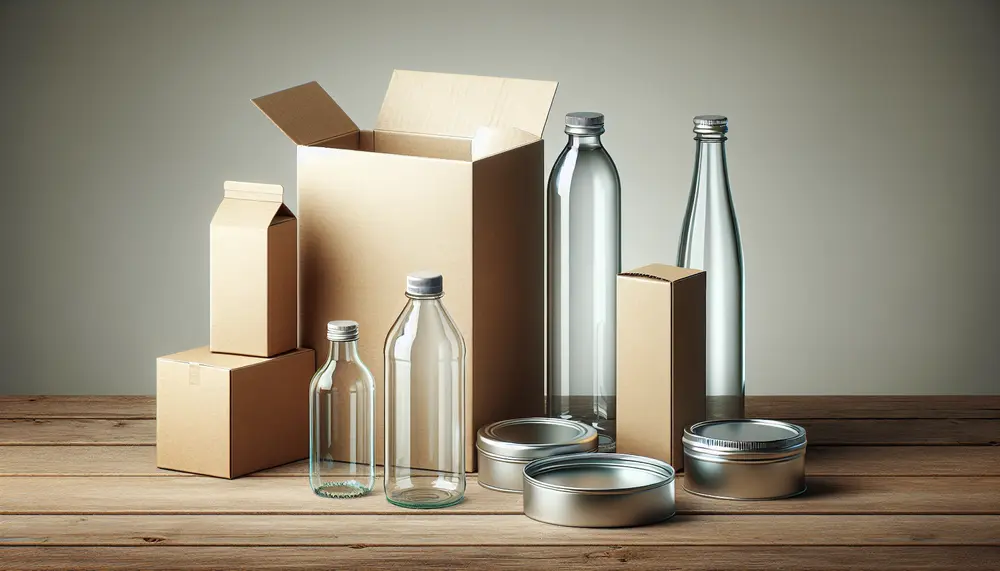
Packaging materials are crucial for product protection, branding, and environmental impact; choosing the right type depends on various factors including the product's nature and consumer trends. Paper-based options like corrugated cardboard and SBS paperboard offer sustainable choices with different balances...
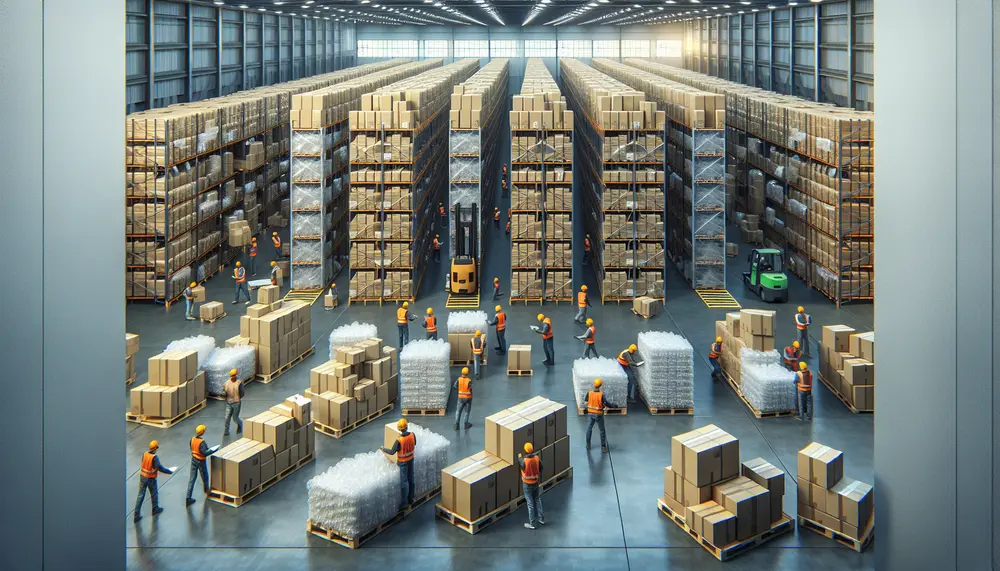
Protective packaging and materials handling are essential in logistics to ensure products reach their destination undamaged, optimizing efficiency and reducing costs. By implementing best practices such as choosing the right materials, using cushioning, securing packaging, clear labeling, testing packaging durability,...

Pharmaceutical packaging is essential for protecting medications from contamination and degradation, providing critical information through labeling, ensuring regulatory compliance, and enhancing user experience with features like child-resistant caps. While it offers benefits such as safe transportation and storage, challenges include...

